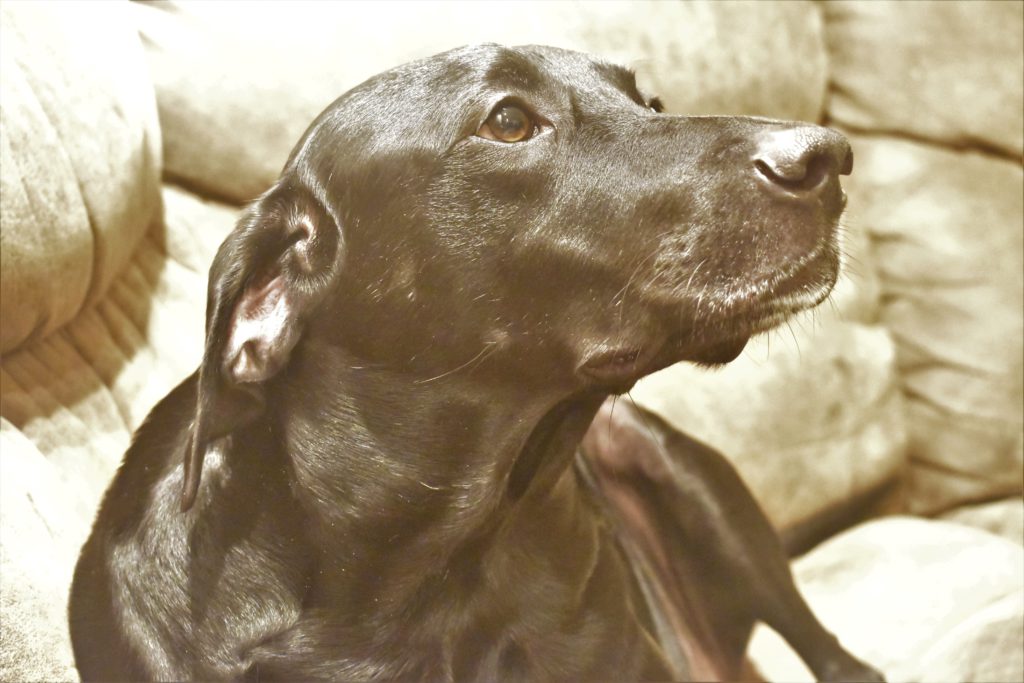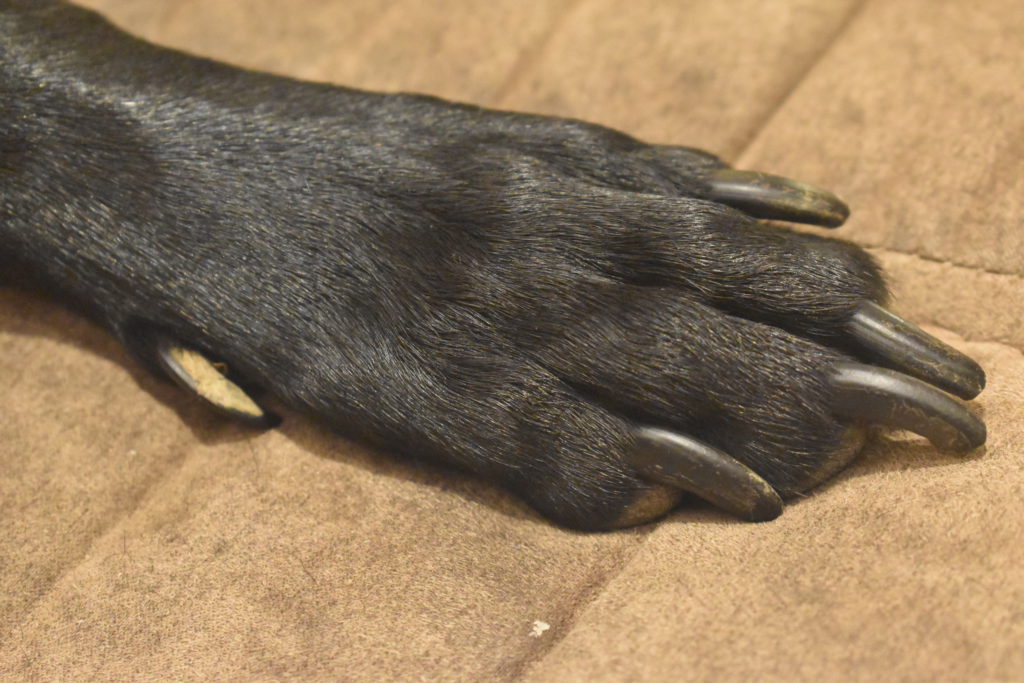Sid A.; November 10th, 2020
In the spirit of our new shift towards biomimetic design, I have decided to do a post on man’s best friend: dogs. In particular, I will be talking about some of the more fascinating aspects of their biology. To any reader who has a cat: this post is 100% biased. Sorry in advance.

Dog Social Skills and Intelligence
The first thing that people tend to think of when talking about dog anatomy is the nose. But I think that the higher cognitive functions that dogs display are far more interesting than their senses. One of the most unique features of mankind is our symbiotic relationships with our furry friends. “Man’s best friend” is an incredible phrase because the connection between us and our dogs is unparalleled in the rest of nature. Yes, there are symbiotic relationships, but none are at the level of cooperation and interaction that occur between humans and dogs. There are also documented cases of animals befriending other animals of course. A common example is dogs befriending cats when they live together. But these bonds seem to be born more out of a shared living environment and contented lifestyle. They did not necessarily naturally form or lead to better survival outcomes. This seems to be unique to humans and dogs. I think that this is partly because both groups evolved similar social patterns: we form tribes, they form packs, we hunt and gather, they hunt and gather, etc. In fact, the modern dog evolved alongside the modern human, from their wolf ancestors [Source: Dog Behavior]. This allowed the two species to truly engage in a “mutualistic” relationship, a form of symbiosis in which both species benefit.

Ivan hears the phone ringing, which sounds like the howling of a wolf, and his ears prick up. This is a fantastic example of one of the complex social interactions that dogs engage in! They can communicate with each other, through body language, facial expressions, barks, and howls. This alone may account for why humans and dogs are able to get along so well. At a fundamental level, we share many traits with them.

Another example of their social skills: Ivan gazes upwards and wags his tail as one of my family members approaches. Imagine the complexity behind just this simple behavior. How fast should he wag his tail? How wide should his eyes be? What body position should he assume? His brain answers all of these questions and more in a fraction of a second. In fact, it has been shown that dogs have personalities and exhibit empathy [Source: Dog Behavior]. Another thing I want to note: the bond between dogs and humans is not just a superficial scam on their part to get food (though it definitely feels like that sometimes). In this “Dog Tales” clip an experiment is discussed where researchers used brain imaging to determine whether dogs got more pleasure from treats or from praise from their owner (this is a pretty interesting clip, I highly recommend watching! Actually the whole episode is pretty great. It inspired this post after all!)

Dogs don’t just have social skills. They have a significant degree of intelligence. They are able to solve problems that even human babies struggle with. Their navigational abilities are strong, as is their memory. In this picture, Ivan is using his paws to hold onto an onion while he chews on it. I couldn’t really take a picture of him navigating, but this is an example of his fine motor skills. I should say that this isn’t at all unique to dogs, but I think it gets the point across.
Another amusing social interaction:

Ivan has muscles throughout his face in order to form complex expressions. One of the more interesting muscles resides around his eyebrows. When he lifts them, his eyes enlarge, making him appear absolutely adorable to his unsuspecting humans. What ensues? A significant amount of happiness and weight gain.
Dog senses and paws

Since I wanted to talk at least a little bit about biomimetics, I thought I would write a quick paragraph about Ivan’s paw. He has a vestigial thumb, claws, webbed feet, and ankles that can absorb shock remarkably well for their weight. Pretty impressive features for what appears to be just a simple foot. I don’t want to get into the weeds of the biomechanics here (expecially because I don’t know much about it), but I thought I would mention that any biological feature has elements we can mimic in our designs.

Of course, we should talk about dog’s sense of smell. After all, their sense of smell is one of the best in the natural world, and their other senses aren’t half bad either. Together, they have a sensor package capable of surviving and thriving in the complex world of a pack predator. This image shows their core senses: the elongated snout with nose, whiskers, stereo vision, and the ears. But we know about all of those. The really interesting sense here is their sense of smell.
Dogs have approximately 50 times more olfactory receptors than humans. The part of their brain that is devoted to processing scents is about 40 times larger than ours. Their sense of smell is qualitatively 10,000 to 100,000 times better than a humans. They can, on average, smell about 1 part per trillion. These are some impressive statistics. I am really just pulling these from this article on Nova: https://www.pbs.org/wgbh/nova/article/dogs-sense-of-smell/. For more information, check it out! It is very well written and informative.
That’s all I wanted to cover about dogs in this post. Thanks for reading!
Sources for this post:
Edit, 8/7/21: A special source which has some great information on dog noses and dives deeper into the biology. They also kindly reached out to us to request we add them as a supplementary source to this article, with the potential return of having this site linked to all of their followers. I thought they had great information and wanted the extra traffic so I obliged: https://yourdogadvisor.com/dog-nose/

